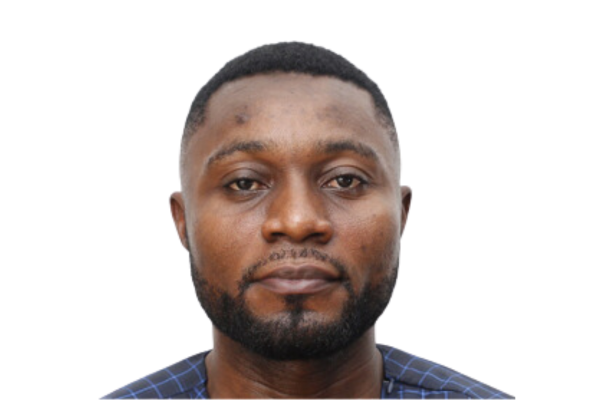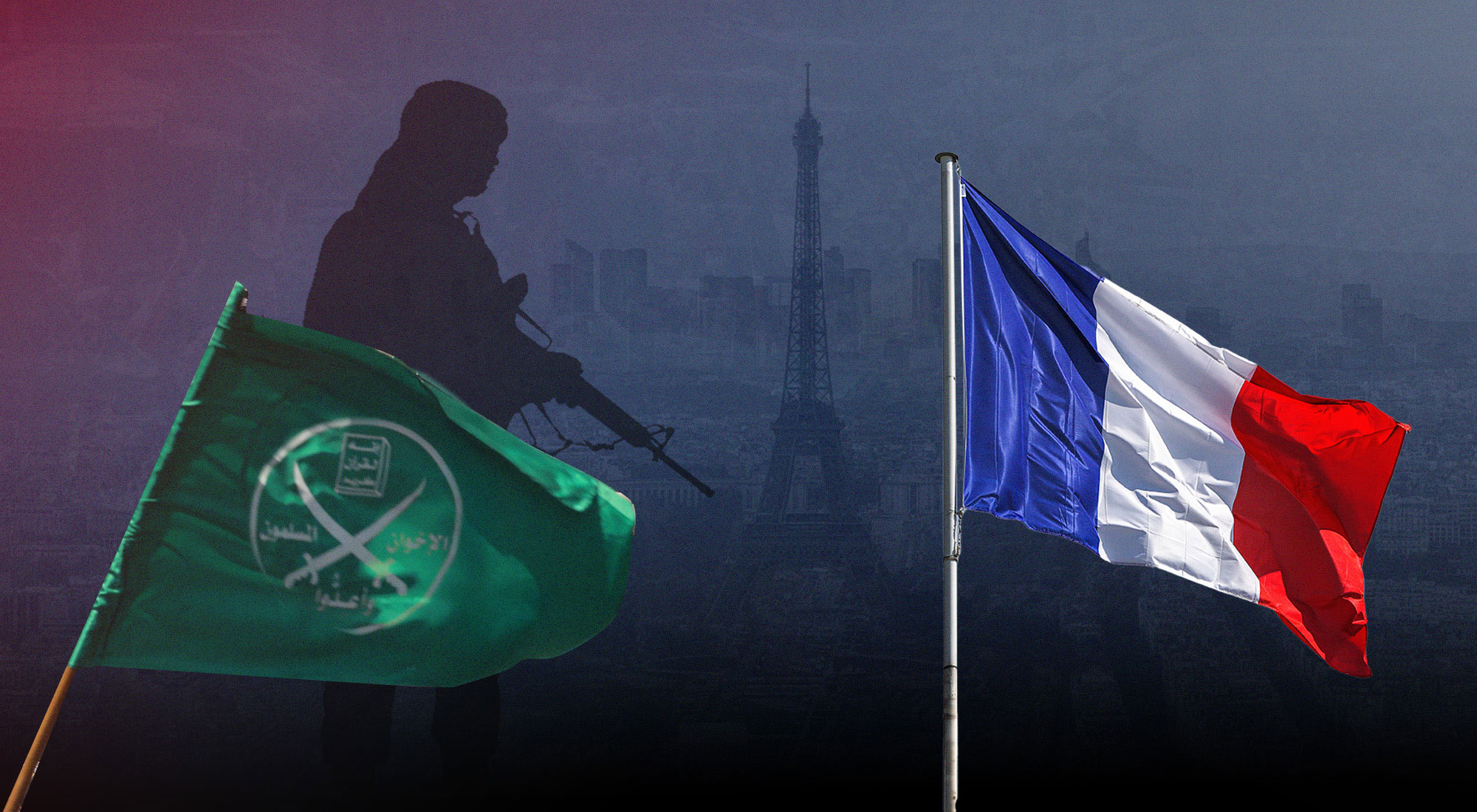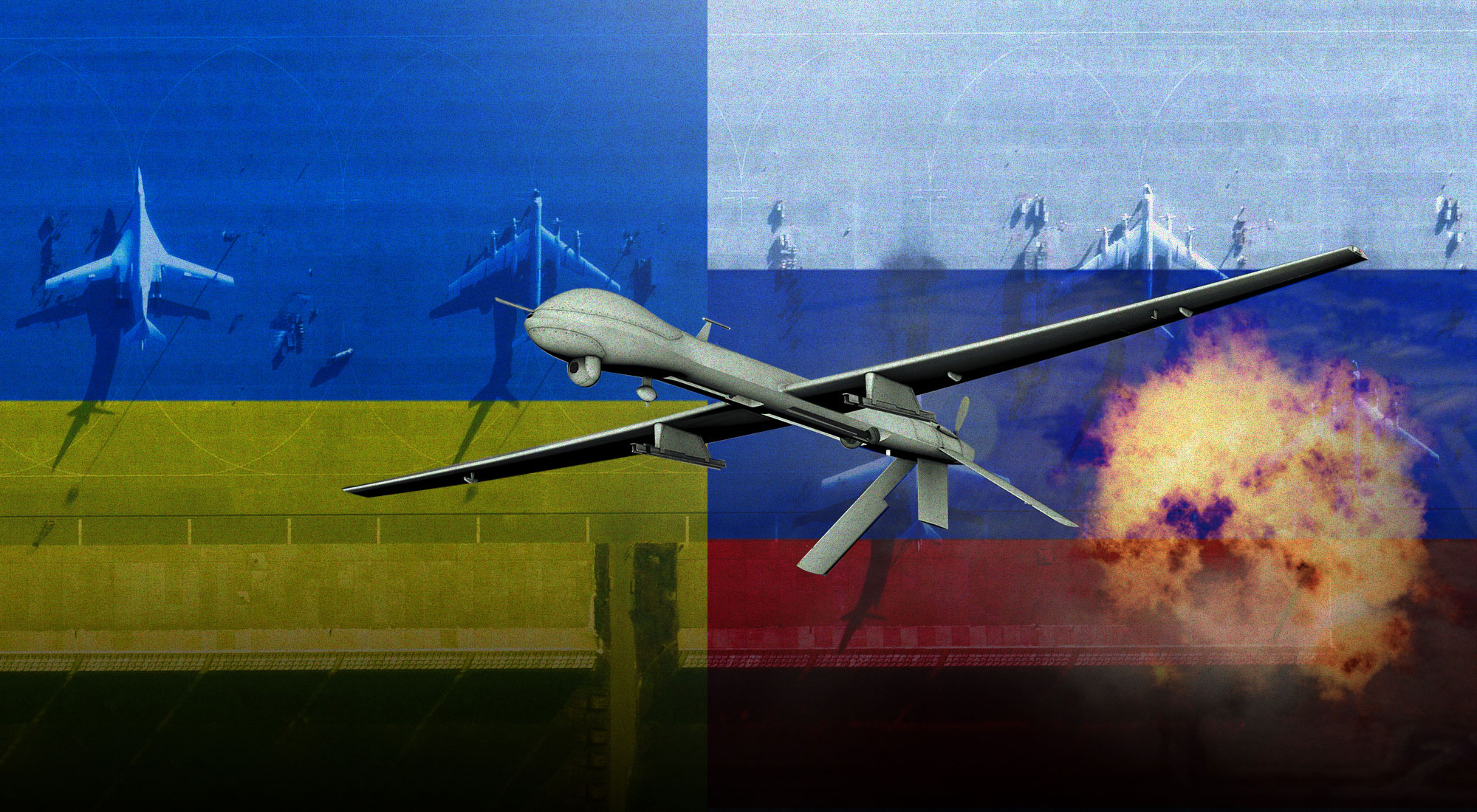Introduction
The dazzling development of digital technology has given an unimaginable dimension to the social changes underway in Cameroon. Several start-ups in the digital sector are flourishing in this country in the heart of the Gulf of Guinea. The city of Buea, at the foot of Mount Cameroon, in the English-speaking region of the Southwest, has even been renamed “Silicon Mountain” because of its multiple incubation centres. It is a piece of the puzzle in the vast project of the “siliconization of the world” through the expansion of digital liberalism for social transformation.[1] The Anglophone crisis,[2] which has marked the history of post-independent Cameroon and the post-electoral crisis of October 2018, and continues to this day, can be likened to a grain of sand that has clogged the machinery of an autocratic regime that is more than 39 years old. All the socio-political and security upheavals underway in Cameroon since 2016 – the exacerbation of the Anglophone crisis, the post electoral crisis in 2018, the inter-communal war, terrorism, and the internal displacement flows – as well as the perceived will of millions of Cameroonians to rid the country of political stagnation and social regression, make sense in the context of the struggle for development and social progress.
A very sick state
Cameroon has been ranked at the bottom of all world rankings, whether it is the Transparency International Corruption Perception Index, the World Bank Doing Business, the Mo Ibrahim Index of Governance, or the various rankings of the best universities and research institutions in Africa and in the world. The government is struggling to pay off its domestic debt – which was at more than $1.5 billion, or 40% of GDP, as of 31 December 2021[3]– and is penalising local businesses in the process. The government’s lack of trust in local contractors, its reluctance to award them with major public contracts, and its failure to realize several announced huge projects have all but fuelled a great sense of grievance.
Sad records and social decline
Despite the pomp and fanfare surrounding the organisation of the Africa Cup of Nations in January 2022, the people have gained nothing; rather there has been an overvaluation of project costs and overrunning of deadlines in the realisation of infrastructure projects, and even the abandonment of some. Examples include the Bini-Warak dam project in the northern part of the country, where work has been blocked since 2018 due to (1) the inability of the Cameroonian government to pay the US$6.5 million in insurance costs on the loan obtained from the Chinese donor;[4] (2) the Cameroonian authorities’ record for the most expensive road per kilometre in the world: US$11.4 million compared to an average of about US$3.2 million, according to World Bank data;[5] (3) the incompletion of a motorway of about 205 kilometres, which was started in 2014; and (4) the end of construction being announced for 2024, meaning that the cost of building each kilometre will have risen to US$68 million by then.[6] In 2020, the country experienced a huge economic slowdown with a 2% growth rate and a 3.5% inflation rate,[7] which means that the growth rate is actually -1.5%. Once again, Cameroon has fallen out of the rankings of the largest African economies.
The security situation also remains a serious concern. The country is divided by ethnic hatred and torn by armed conflicts of all kinds: civil war, inter-communal war, terrorism, etc. To date, hundreds of Cameroonians have languished in Cameroon’s prisons for having exercised their freedom of expression by calling for an end to the civil war in the English-speaking regions while brandishing their hostility to the regime in power. Paul Biya has been President of the Republic since 6 November 1982. The President, who serves as chief-of-state and head of the armed forces, is conferred with a wide variety of powers and is responsible for appointing a prime minister and a cabinet.[8]
New all-time record for lapses
On the macroeconomic level, Cameroon is characterised by a high level of toxic debts. It is the most indebted country in the franc zone to China, with a US$6.2 billion debt, according to the World Bank.[9] Cameroon is also the most indebted francophone country to France with a debt of $1.5 billion as at December 2020,[10] and is the second most indebted African country to France. Its public debt was estimated to be around 43% of its GDP at the end of 2021.
The Human Development Index 2020 Report, which is published by the United Nations Development Programme and analyses data covering the year 2019, i.e., before the emergence of COVID-19, is revealing in several respects. In particular, it shows that Cameroon is a deeply unequal country that is well above the average for countries with comparable human development indices, both globally and in sub-Saharan Africa. The report also shows a catastrophic multidimensional poverty index, with 64.6% of the population either living in multidimensional poverty or considered vulnerable to multidimensional poverty.[11] Social regression is increasing at a frightening rate, with poverty becoming increasingly concentrated in the Far North, North West and South West regions of the country. Access to drinking water remains a challenge everywhere in Cameroon. The availability of electricity, even in localities supposedly connected to the electricity network, is intermittent, and access to basic health care remains out of reach for the vast majority of citizens in the cities and the countryside. It is in this ocean of misery that the Cameroonian people, with their stretched dignity, observe the world. In face of this ongoing perpetuation of malaise, tongues are wagging and cries of distress are ringing out more and more, with resistance being organised to break this cycle of plunder and impoverishment. Poor governance, widespread corruption, the gluttony of a few, nepotism, the concentration of all powers in the hands of one man, and the political status quo have led the country into this state of programmed death, undermining national and international security.
Web 2.0 in liberation struggles
It is the digital revolution that is at the heart of the resilience and resistance of Cameroonians seeking change and social progress. The strategies employed by many Cameroonian activists and political leaders to instigate change are made easy by the power of digital social media and artificial intelligence, which are the tools of choice for revolutions in the 21st century. In just a few years, social media has taken a central place in Cameroonian politics and a fortiori in its strategy of international influence highlighted by a new opposition. Social media platforms have become key communication channels for the Cameroonian renaissance. Since 1982, the Yaounde regime has never been as weakened as it has been in the last four years. The demonstrations of October 1 2017, for the proclamation of independence of English-speaking regions of Cameroon, and those of January 26, June 1 and June 8 in 2019, against the power of President Biya, were possible and effective through the use of Facebook to rally the people to the cause. In face of its repressive, violent and tyrannical aspects, political activists and civil rights leaders are putting up peaceful and determined resistance to change the governing political order, while those in the Anglophone regions have reached the point of armed struggle.
The revolts for change in Cameroon are mobilized through social media platforms, among other things. Since the advent and development of social media, several revolutions have been effective on the African continent and the centrality of social media cannot be overemphasized. The current situation in Cameroon, with the civil war raging in the English-speaking regions in the west of the country, reveals once again the centrality of non-violent resistance among certain leaders at the center of the current revolts. Their trajectory is indicative of the US strategy of ‘supporting people in their quest for freedom and democracy’. It is about “nonviolent conflict strategies” and the “bringing down a dictator” method (theories developed by the American philosopher Gene Sharp).[12] Here, the use of non-violence is a political weapon that leads to “silent revolutions”.[13] In Cameroon, the challenge is undoubtedly to ensure a change in leadership through the renewal of the ruling class, the establishment of inclusive political institutions and a transition to a more decentralised model of federalism.
Source: ACLED
Gene Sharp model: Peaceful, non-violent resistance
The leaders of the uprisings in Cameroon, specifically the Anglophone crisis, have urged the establishment of a ‘parallel government’. The modus operandi of this government – which is a coalition of civil society organisations in the Anglophone regions – gains sense in Gene Sharp’s theory of civil disobedience. Gene Sharp describes civil disobedience as a technique of political or even military action.[14] The aim is to train young people to use social media to promote political action against their government; in other words, to train leaders of the blogosphere in the techniques of mass uprising through non-violence, which is often referred to as “coloured revolution.”[15] It is certain that this strategy was developed on the concept of “soft power” or power through influence and seduction. The concept of soft power is highlighted by the conquest of mental territories. Thus, GAFAM (Google, Apple, Facebook, Amazon and Microsoft) would be more effective than an armoured division.[16]
The indignant generation
This term resonates with the Cameroonian youth of the 21st century, who have experienced the 2.0 revolution – a generation keen on freedom and technological progress, but living in the confines of a society that has fallen into feudal and retrograde conservatism. This generation projects itself into an imaginary world overwhelmed by Western ‘values’, which makes the feeling of belonging to the virtual community stronger than the feeling of belonging to the national community. Such is the genius of the strategists of American ‘public diplomacy’ who have incited the young generations – referred to as the ‘GAFAM generation’ – to carry out a political parricide within their nation. This strategy works in Cameroon where the social climate is vitiated by the expansion of extreme impoverishment, ethnic segregation or clans, mass unemployment, the institutionalisation of injustices, the abusive use of state violence, and the arrogance and contempt of leaders towards citizens. This, of course, will lead the people into an absolute and urgent struggle for their dignity, their freedom and their development.
Global agility in revolts in Cameroon
It is in the context of globalisation that the revolts underway in Cameroon draw all their energy. Cameroonians are trying to integrate themselves into a world where barbarism, political enslavement and oppression of the masses are becoming increasingly rare, and where the quest for freedom and dignity marks the history of humanity. This is not a Cameroonian exception, but a stage in humanity where societies are inspired by a model from elsewhere to claim their sovereignty while being globally agile. As Robert Pianka, the American founder of the intercultural training company, Global Agility Services LLC, states: “It is important that our individual identity matches the identities of the social groups with which we identify. The quality of our fitting determines whether we are socially agile or incompetent. Since globalization has recontextualized our lives, bringing us face-to-face with everyone on Earth, we need to complement the social and national agilities of the previous era with global agility. It is hard to do that if we are socially incompetent in the first place.”[17] The people of Cameroon aspire to live in this globalised world: the ‘global village’. And their integration into this world will only be possible through the establishment of inclusive political institutions and social progress. To achieve this, nothing is more natural than to subscribe to non-violent methods of struggle, or better still, to soft power. Even if, in the face of authoritarian rule, the people seem to ‘take their time’, this is a large part of their identity. Taking up Robert Pianka’s thinking on global agility, they are a “globally agile” people because they know “the many cultural dimensions in which similarities and differences are defined” and use them for their “integration into the evolution of the world.”[18]
It is therefore outside of all xenophobia, all extremism and all sectarianism that the Cameroonian people draw the strength of their resistance and the substance of their struggle. Over the past four years, several demonstrations have been organised by the Cameroonian diaspora living in the West to oppose the war in the English-speaking regions of the country and protest the electoral fraud. In September 2017, during the UN General Assembly, thousands of Cameroonians massed at the entrance of the UN headquarters in New York to protest against President Biya and his government. Later, in January 2019, social media platforms streamed the protests outside the Cameroonian embassies in Paris and Berlin, staged by activists hostile to the Biya regime. The Cameroonian people are globally agile and will complete their integration into the ‘global village’ by working tirelessly for the advent of a society where social progress is an indissoluble value. Observation of the national political field reveals that fear is no longer on the side of the people, but on the side of the powerful who have starved the people and insulted them after having impoverished and plundered them shamelessly.
Conclusion
The philosophical spirit has taken over, nourished by discoveries, the mobility of ideas and comparisons. This spirit is based on the will to eliminate prejudices and conformisms. Today, in Cameroon, the new thinking pattern consolidated by the spirit of ‘examination’ leads to the use of reason and logic to the detriment of beliefs and stereotypes. The awakening of consciences, led by new political entrepreneurs, changes ways of thinking and slowly undermines hitherto solidly built ideas. From all these tumults that plunge the country into great despair and a very high level of insecurity, the Cameroonian people are inescapably led to the imperious and noble duty of resisting the perpetual plundering of their socio-economic and intellectual progress, and especially of their attachment to the modern world.
References:
[1] Eric Sadin, “World Siliconization,” Cultural Research and Innovation, May 30, 2018, https://lab.cccb.org/en/world-siliconization/.
[2] The Anglophone crisis is in reference to the conflict between the Cameroon authorities and the separatists of two English-speaking regions in the country since October 2016. See Hippolyte E. Djounguep, “Civil War in Cameroon: Consequence of an Unfinished Decolonization,” Trends Research & Advisory, August 25, 2021, https://trendsresearch.org/insight/civil-war-in-cameroon-consequence-of-an-unfinished-decolonization.
[3] Cameroon Ministry of Finance, “The Development of Public Debt in Cameroon,” https://minfi.gov.cm/la-mise-au-point-de-la-dette-publique-au-cameroun.
[4] Sylvain Andzongo, “Bini à Warak Dam: Cameroon Calls on Chinese Deputies for a Lifting of the Financial Blockade, Business in Cameroon, June 29, 2021, https://www.businessincameroon.com/economy/2906-11722-bini-a-warak-dam-cameroon-calls-on-chinese-deputies-for-a-lifting-of-the-financial-blockade.
[5] “Roads Twice as Expensive as the African Average: Cameroon Wants to Reduce Construction Costs, from 2021,” Agence Ecofin, January 28, 2021, https://www.agenceecofin.com/gestion-publique/2801-84617-routes-deux-fois-plus-cheres-que-la-moyenne-africaine-le-cameroun-veut-reduire-les-couts-de-construction-des-2021.
[6] Sylvain Andzongo, “Yaoundé-Douala Highway: 136 km of the 2nd Phase Estimated at 812.8 Billion FCFA,” Investir Au Cameroun, December 8, 2020, https://www.investiraucameroun.com/travaux-publics/0812-15689-autoroute-yaounde-douala-les-136-km-de-la-2e-phase-estimes-a-812-8-milliards-de-fcfa.
[7] African Development Bank, “Economic Outlook in Cameroon: Recent Macroeconomic and Financial Developments,” https://www.afdb.org/fr/countries/central-africa/cameroon/cameroon-economic-outlook.
[8] Brittanica, Cameroon: Government and Society – Constitutional Framework, https://www.britannica.com/place/Cameroon/Government-and-society.
[9] “With 61.3% of Its Bilateral Debt Held by China, Cameroon Is ‘Highly Exposed’ to Chinese Loans (AfDB),” Investir Au Cameroun, March 19, 2021, https://www.investiraucameroun.com/gestion-publique/1903-16127-avec-61-3-de-sa-dette-bilaterale-detenue-par-la-chine-le-cameroun-est-fortement-expose-aux-prets-chinois-bad.
[10] Brice R. Mbodiam, “In 2020 and 2021, France Postponed the Repayment Deadlines of 197 Billion FCFA of Cameroon’s Debt,” Investir Au Cameroun, February 2, 2022, https://www.investiraucameroun.com/finance/0202-17461-en-2020-et-2021-la-france-a-reporte-les-echeances-de-remboursements-de-197-milliards-de-fcfa-de-la-dette-du-cameroun.
[11] UNDP, Rapport sur le développement humain 2020: Cameroon (2020), https://hdr.undp.org/sites/all/themes/hdr_theme/country-notes/fr/CMR.pdf.
[12] Gene Sharp, From Dictatorship to Democracy: A Conceptual Framework for Liberation (Boston: The Albert Einstein Institution, 2010), https://www.aeinstein.org/wp-content/uploads/2013/09/FDTD.pdf.
[13] Ibid
[14] Ibid.
[15] “Documentaire: Comment la CIA prépare les révolutions colorées,” YouTube video [French], January 3, 2018, https://www.youtube.com/watch?v=QATmyx92H3Q.
[16] Gene Sharp, From Dictatorship to Democracy: A Conceptual Framework for Liberation (Boston: The Albert Einstein Institution, 2010), https://www.aeinstein.org/wp-content/uploads/2013/09/FDTD.pdf.
[17] Jean-Claude Felix-Tchicaya and Hippolyte Eric Djounguep, “Global Agility Put to the Test by the Revolts in Cameroon,” Wathi, October 7, 2020, https://www.wathi.org/lagilite-globale-a-lepreuve-des-revoltes-au-cameroun/.
[18] Ibid.









